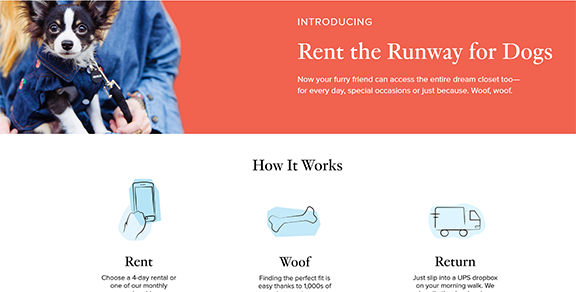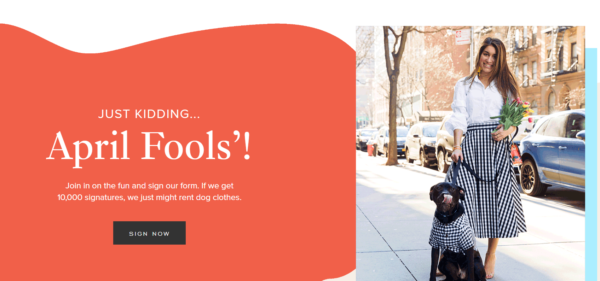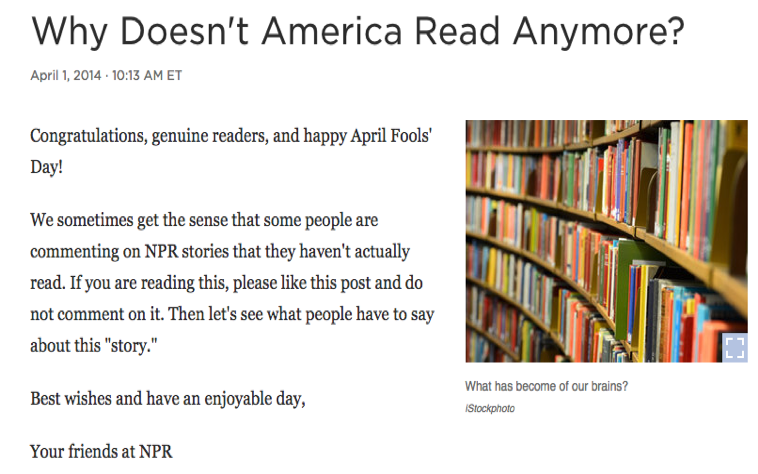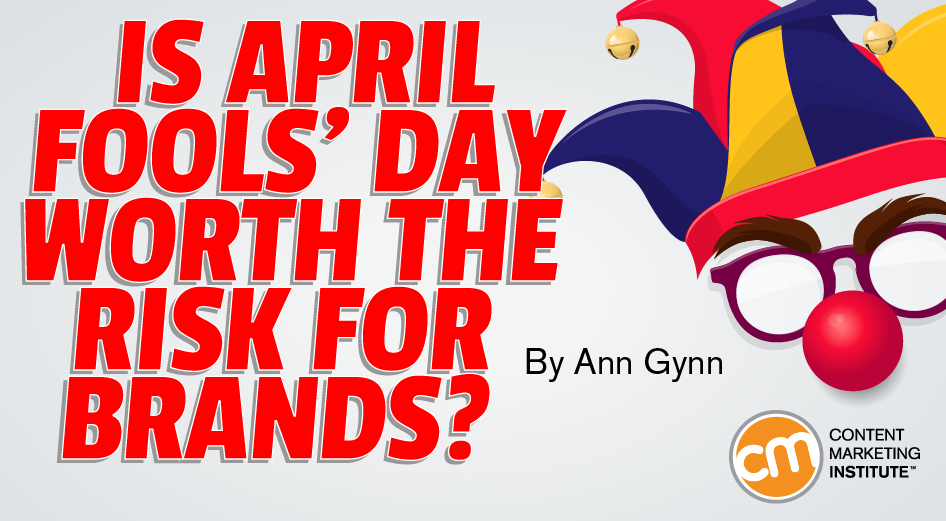Updated March 29, 2021
Three hundred sixty-four days a year, brands work hard creating content to build and strengthen trust with their audiences.
But on a single day in April, many brands suspend those trust-building efforts and throw them out the window by publishing content deliberately meant to fool (or worse, make fools of) their audiences.
Yes, it’s time to usher in April’s annual day of pranking. And it’s time to think before you hit “publish.”
The day seemingly gives you a reason to break the rules – crafting fake content, writing absurd headlines, and even promoting faux products.
But should you celebrate April Fools’ Day?
If your brand has never used humor or the element of surprise in its content, don’t do it.
If your brand thinks of April Fools’ as a one-day joke, don’t do it.
If your brand isn’t prepared to devote significant resources to develop a thoughtful, well-executed campaign, don’t do it.
If your brand leaders can’t weather criticism, don’t do it.
If, after all those caveats, you think April Fools’ fits with your brand, read on for some inspiration. And if you recognize April 1 isn’t a day for your brand to celebrate, read on for some universal lessons to use all 365 days of the year.
Integrate into your brand
Burger King frequently uses humor in its content. “BK is hilarious on Twitter,” writes Lindsay Welgarz in The Most Genius Tweets from Burger King’s Twitter Account.
The company told USA Today: “We like to playfully joke around with what the Internet and news outlets are saying, but never to be mean-spirited.”
That approach to humor perhaps is why April 1 is permanently circled on its creative calendar. The brand historically launched “new” products on the day, including the Left-Handed Whopper (redesigned by moving condiments 180 degrees), the Chocolate Whopper, and Whopper toothpaste. (You can tell they like to tell whopper tales.)
“April Fools’ has become a major date for Burger King and our campaigns have generated massive engagement with a younger, and often harder to reach, audience,” Fernando Machado, Burger King global chief marketing officer, has said.
In 2019, the brand used April Fools as an opportunity to strengthen that audience connection by partnering with the Clio Awards for the King’s Fools’ Challenge. The student who came up with the best caper would win Clio’s Student Integrated Campaign category and become an honorary creative director at Burger King. (This year, the contest has evolved into the Burger King Level Up Challenge Student Innovation Award. Students were asked to develop an idea that allows Burger King to talk organically to the gaming subculture.)
Lessons learned:
- If humor is appropriate one day a year, it should be part of your brand voice throughout the year.
- Think about how you can use a seemingly one-time encounter as a kickoff to a long-term relationship with your new audience.
Create distinct but related content
While Burger King uses April 1 to launch “new” products, Rent the Runway used the day to launch a “new” service, which Patrick Burke, head of organic growth at Moshi, shared with us.


“The most believable April Fools’ jokes often come in the form of e-commerce landing pages for gag products,” said Patrick. “This approach is your best bet if your main goal is media mentions or links since it gives journalists a perfect place to send their readers.”
As he explains, more than 54 sites, including the Associated Press, The Washington Post, BuzzFeed, and Time picked up the Rent the Runway for Dogs news in 2018.
Lessons learned:
- Use your content to garner media attention. If your content is fresh, unique, and valuable, media and other sites are more likely to talk about it.
- Use April 1 as a time to test audience response to products or services that seem outlandish.
- Use a separate landing page for your content – don’t mix fact and fiction on the same page.
Don’t disrupt function
PR expert Karen Jayne Blattenbauer reminded us of a foolish Google fail from a few years ago. On April 1, 2016, Google added a new feature to Gmail – an orange button next to the standard “send” button. A click on that orange button led to the delivery of the email with a GIF of a little yellow Minion character dropping a microphone. And the fun didn’t stop there. The mic drop ended the conversation, preventing the sender from seeing subsequent replies.

As this Fortune article details, the mic drop prank caused consumers to bombard Google’s product forums and social media pages with complaints. Ultimately, Google’s Crystal Cee wrote in a forum thread, “Well, it looks like we pranked ourselves this year. Due to a bug, the Mic Drop feature inadvertently caused more headaches than laughs. We’re truly sorry.”
Lessons learned:
- Don’t develop a promotion that disrupts your audience’s use of your products or services.
- Vet your idea with multiple stakeholders. A creative team member may think an idea is great, while the customer may not. Talk to people in non-creative departments to see what they think.
Harness the appeal of an immediate reveal
Liam Carnahan, content strategist at Inkwell Content Services, says NPR’s best April Fools’ joke came in 2014, when it promoted an article, “Why Don’t Americans Read Anymore?”
Those who took the time to click on it were greeted by this:

The link promotion was a fun test to see if NPR’s audience really read the article or if they simply reshared the link. (Perhaps all content marketers should try this one any time of the year.)
Lessons learned:
- Make the content relevant and satisfy the audience’s curiosity quickly.
- Invite your audience inside your humorous content efforts and enlist their help in spreading the fun on social media.
Think again
But wait, there’s more. In a recent Biznology article, Consultants Collective’s Douglas Spencer shared some great questions to ask before your brand considers engaging in any content-related acts of April foolery:
- How will competitors react? Are they a hungry dog just waiting for you to hold out a juicy bone in the form of self-mockery?
- The media? You’ll most likely get some sort of a pass since it is April Fools’ Day after all, but don’t assume you’ll get a get-out-of-jail-free card – especially if you’re a publicly-traded company and you joke about solvency.
- Employees? If you’ve been light on raises in the last couple of years, best not to drop a ton of money on a slick April Fools’ ad unless you can prove it’s good for your bottom line.
Cover image by Joseph Kalinowski/Content Marketing Institute

